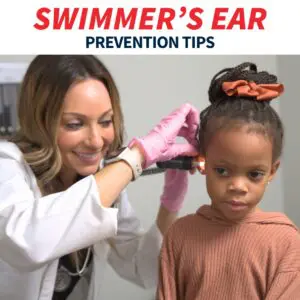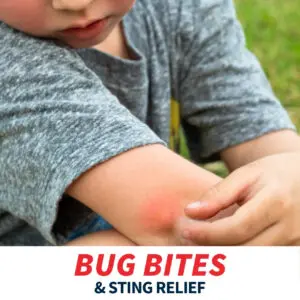Identify, Treat & Prevent Hand-Foot-and-Mouth Disease
 Young children are susceptible to all sorts of germs and bacteria thanks to their desire to touch almost anything and then inevitably putting their hands into their mouths. Unfortunately, this puts them at higher risk of infection when outbreaks of contagious viruses occur, which currently includes hand-foot-and-mouth disease.
Young children are susceptible to all sorts of germs and bacteria thanks to their desire to touch almost anything and then inevitably putting their hands into their mouths. Unfortunately, this puts them at higher risk of infection when outbreaks of contagious viruses occur, which currently includes hand-foot-and-mouth disease.
What is Hand-Foot-and-Mouth Disease?
The disease is caused by a specific virus called coxsackievirus A16. It is highly contagious from person-to-person, mainly between children in childcare settings, as it is spread through runny noses, saliva, stool and droplets produced from a cough or sneeze. While adults and adolescents could still contract the disease, antibodies have usually been built up from previous exposure to prevent any symptoms. This is not to be confused with foot-and-mouth or hoof-and-mouth disease, which only infects farm animals. This cannot be transferred to humans, nor can humans pass to animals.
What are the Symptoms?
Typically, hand-foot-and-mouth will begin with a fever, followed by a sore throat, general feeling of being unwell, and sometimes decreased appetite. A day or two after the fever begins, blisters may appear on the child’s tongue, gums, and inside the cheeks, which is the usual cause of decreased appetite due to pain or discomfort. You will also notice a rash appearing, as the name states, on the palms of the hands and soles of the feet. There could also be a rash on the buttocks. Infants and young toddlers will also display more irritability.
If the child experiences sores in the back of the mouth or throat, it could be a related virus called herpangina. This virus brings on a sudden high fever and, sometimes, seizure. With herpangina, sores will rarely develop on the hands, feet or other areas.
Children infected with hand-foot-and-mouth are most contagious during the first week of symptoms. However, the virus may remain in the body for weeks after, so infecting others is still possible. Adults may also pass on the disease to others without ever having symptoms or signs themselves. Generally, outbreaks occur in the summer and fall.
How Can I Treat Hand-Foot-and-Mouth?
Unfortunately, there is no quick treatment for the illness. Symptoms are usually mild and any pain or fever can be managed with medication, such as ibuprofen or acetaminophen. If symptoms continue to worsen after a few days, contact a physician to rule out other possible illnesses. The biggest risk with the disease is dehydration, so ensure your child is regularly taking in fluids. If any pain is preventing hydration, they may require IV treatment to avoid other complications.
Can Hand-Foot-and-Mouth be Prevented?
While no prevention method is a guaranteed safe-guard, taking the right precautions will help to greatly reduce the spread of infection. Be sure you and your children practice proper hand-washing, and teach them about good hygiene, including not placing their hands, fingers, or shared toys into their mouths. Keep your home and other common areas disinfected, as well as clean objects your children regularly use, like toys and pacifiers. If someone does become infected, keep them isolated to limit any exposure to others. Children should not attend daycare or school, and adults should stay home from work or other obligations until the fever and mouth sores are gone.
If you or your child have been infected with hand-foot-and-mouth and require some extra support, or symptoms appear to be worsening, visit us today.




